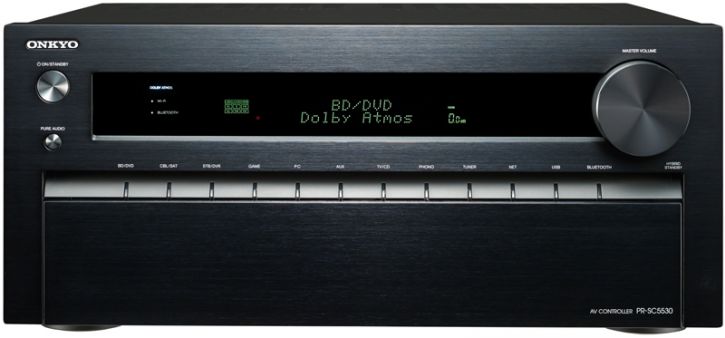

- #HTPC ATMOS PLAYER DRIVER#
- #HTPC ATMOS PLAYER FULL#
- #HTPC ATMOS PLAYER WINDOWS 10#
- #HTPC ATMOS PLAYER PC#
The main problem of screens turning on and off disturbing windows is fixed. I got this thing in the mail, set it up in 5 min. I assume I have to use optical and it would have to be encoded to DTS / DOLBY to get surround just like the onboard realtek.ĭoes anyone have any other alternatives? Advice? Seems like a good option, but my receiver doesn't have component in for surround and I don't see any sound cards with HDMI out.
#HTPC ATMOS PLAYER FULL#
I feel like this may have unforeseen consequences when doing things like a full screen game, and this would also require me to run 2 separate hdmi's to the tv / receiver area. Apparently you can do something where you set up a 'clone' in windows to make the receiver not have virtual desktop space. Get a cheap video card for dedicated HDMI audio, and don't attach a monitor. HDCP my TV is HDCP compliant, dont want to lose this, it seems most of these devices dont support hdcp

#HTPC ATMOS PLAYER PC#
locking, so the PC doesnt know when the receiver is changing state / tv on and off. From what I can tell I'd need the following feaures: and I have no experience with these kinds of devices. Getting some kind of EDID locker device, so windows doesn't see the monitor change, so far I haven't found one that calls out supporting 7.1 audio.
#HTPC ATMOS PLAYER WINDOWS 10#
less terrible, because I am shutting the receiver so the fact that sound is gone is no longer noticeable.Ībove is all I can think of, and I have not found a reliable way to stop windows 10 from detecting the monitor change. When I shut the receiver off, same as above, windows sees the same monitor change. I used 'CRU' to make the Yamaha 'resolution' match my tv, this eliminates the impact of this, but the change still stops all audio for a second and I have to restart movies etc.

NVIDIA switches between my tv and Yamaha as a sound device. When I turn the TV on and off, NVIDIA sees a device change, and re-arranges my monitors. The PC is always putting out 7.1 PCM, even when the source is stereo. This is ok, but curious if there is a way to enable bitstreaming without 'exclusive mode'? If I enable Exclusive mode it does work, but I dont like the idea of nothing else being able to make sound. I don't use 'exclusive mode' so I am not able to get DTS / DD bitstream even when the source supports it. some things about this I don't like about this: Plug in, setup speakers for 7.1, looking good, receiver sees 7.1, sounds great. Use NVIDIA HDMI (I have a gforce GTX 950)Īt first glance - this seems awesome. not a big fan of using some hacked driver.
#HTPC ATMOS PLAYER DRIVER#
Second hacked driver can get DTS to work, also 5.1, about the same as Dolby. I used a patched driver and can get 5.1 Dolby out of it (Not Bad - but sound quality doesn't feel as good as option 2) With PCM, I only get 2 channels - that was a bust. Use onboard Realtek decoder with optical out. This screen was on the HDMI, and is now hooked up via pass-through through on the receiver.Īfter playing with it for a couple of days, the following is what I've found: I have 4 monitors, one of which is the Television that I use to watch movies. I have 2 options without additional hardware, but some additional hardware is not off the table. I'd like some help understanding options to get the best hookup. I use my PC (Win 10 Pro) as my home entertainment center, and for the first time I want to hook my PC up to the receiver with surround sound. Just got my hands on a Yamaha RX-V683BL 7.2 Receiver.


 0 kommentar(er)
0 kommentar(er)
